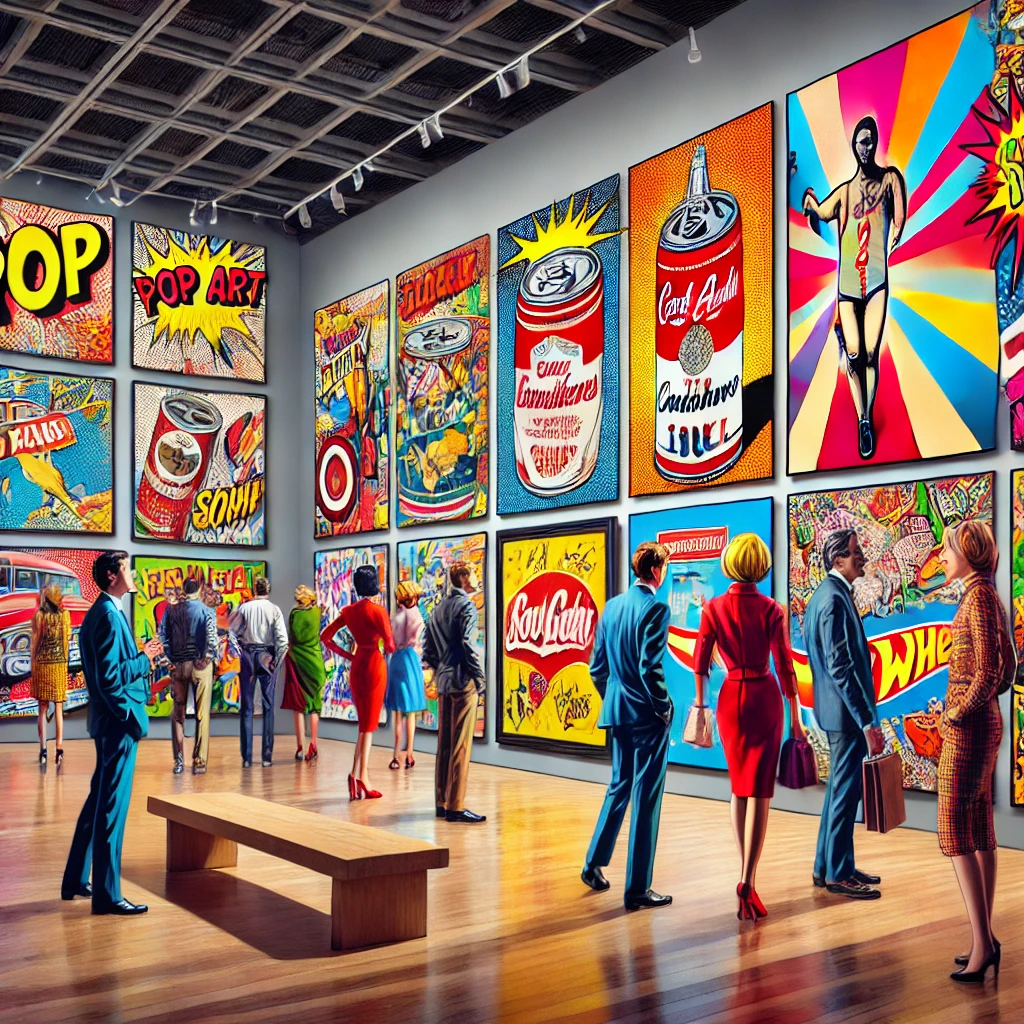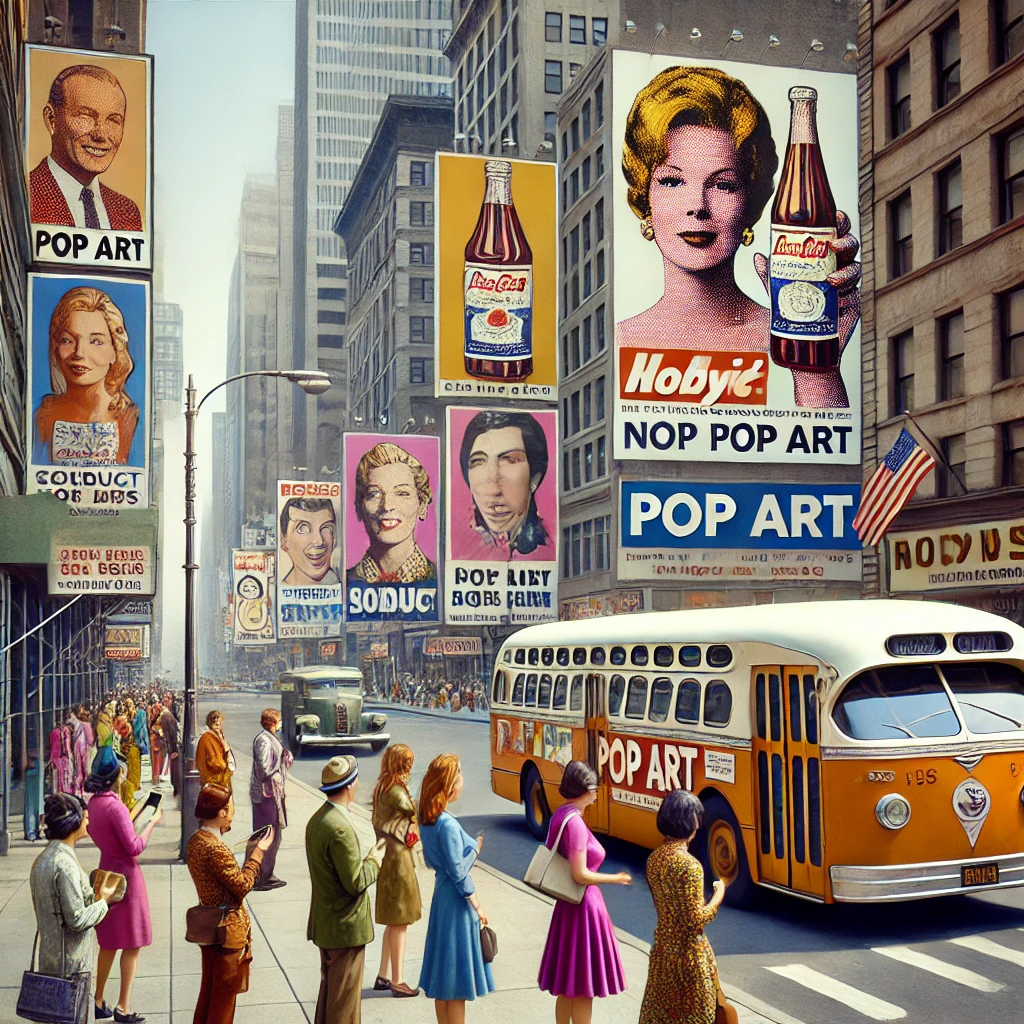On August 6, 1928, Andrew Warhola, who would become renowned as Andy Warhol, was born in Pittsburgh, Pennsylvania. Warhol’s early life was marked by modest beginnings in a working-class family of Slovakian descent. His father, Andrej Warhola, was a coal miner, and his mother, Julia Warhola, was a seamstress. Warhol’s upbringing in Pittsburgh, combined with his early exposure to art and popular culture, laid the foundation for his future as a leading figure in the art world.
Warhol’s interest in art began at a young age, and he pursued his passion by studying commercial art at the Carnegie Institute of Technology (now Carnegie Mellon University). After graduating in 1949, Warhol moved to New York City, where he started his career as a commercial artist. His early work in advertising and graphic design would later influence his distinctive approach to art, which would challenge traditional notions of creativity and originality.

The Rise of a Pop Art Icon
Andy Warhol’s rise to prominence began in the 1960s, a decade that saw the emergence of the Pop Art movement, which Warhol would come to define. His work, characterized by its use of mass media imagery and consumer products, challenged conventional art forms and blurred the lines between high art and popular culture. Warhol’s iconic pieces, such as his Campbell’s Soup Cans and Marilyn Diptych, became emblematic of the Pop Art movement and reflected his fascination with celebrity, consumerism, and repetition.
Warhol’s innovative techniques included silkscreen printing, which allowed him to produce multiple versions of the same image. This method emphasized the commercial and reproducible nature of contemporary culture, aligning with his belief that art could reflect the mass production and consumerism of modern society. Warhol’s art not only captivated audiences but also provoked discussions about the nature of art and its relationship to everyday life.

Legacy and Influence
Andy Warhol’s impact on the art world extends far beyond his lifetime. Born on August 6, 1928, Warhol’s work continues to influence contemporary art and popular culture. His exploration of themes related to consumerism, celebrity, and media has had a lasting effect on both art and society. Warhol’s legacy is preserved through numerous exhibitions, retrospectives, and academic studies, ensuring that his contributions to art remain a significant part of cultural discourse.
Warhol’s influence is evident in the continued popularity of his works and the ongoing relevance of his ideas. His approach to art and his ability to capture the essence of 20th-century American culture have made him a pivotal figure in art history. The Andy Warhol Museum in Pittsburgh, established in 1994, serves as a testament to his lasting impact and continues to celebrate his innovative work and visionary contributions.

Andy Warhol’s birth on August 6, 1928, marked the beginning of a revolutionary era in the art world. From his early life in Pittsburgh to his groundbreaking work in New York City, Warhol’s career redefined the boundaries of art and popular culture. His legacy endures as a symbol of creativity and innovation, with his work continuing to inspire and provoke discussion in the art world and beyond. The evolution of his art and ideas reflects the dynamic nature of contemporary culture and the enduring power of artistic expression.
